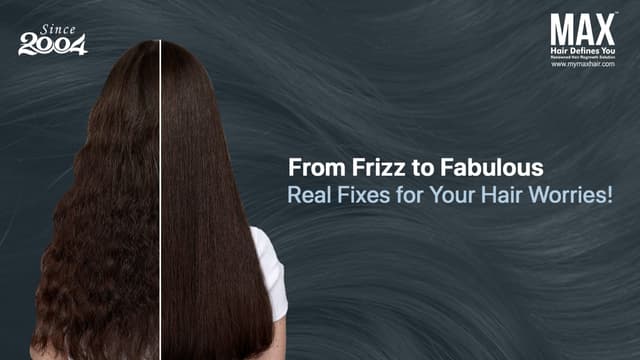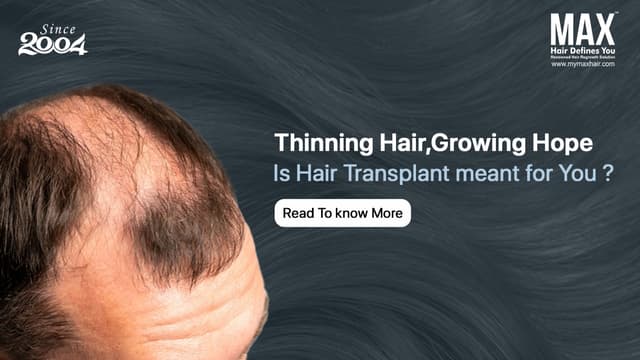OurBlogs

India's Top Hair Transplant Facilities

What is the Efficacy of PRP Treatment?

Bangalore's top hair transplant clinics and hair transplant costs

Best Non-surgical Cosmetic Hair Systems for Thinning Hair

Stop Stressing Over Hair Loss: Take the Right Step with MAX Hair Clinic in Hyderabad

Say Goodbye to Baldness with Easy Non-Surgical Hair Restoration

How much does Hair Transplant Cost in Hyderabad?

Worried about hair loss? Here’s the solution

Rediscover Your Confidence with Hair Patch Solutions at MAX Hair Clinic

Understanding Sapphire FUE Hair Transplant

Tired of Hair Fall? We Have Solutions





